Double Drama: Secrets of The Great Escapes' Two Heart-Pounding Breakouts
The Nazis decided Stalag Luft III in East Germany would make an ideal prisoner-of-war (POW) camp because its sandy soil made it difficult for tunneling but they underestimated the ingenuity of the Allied forces. The camp would soon become the location for two audacious Great Escapes and later a tourist hotspot in what is now Żagań, Poland.
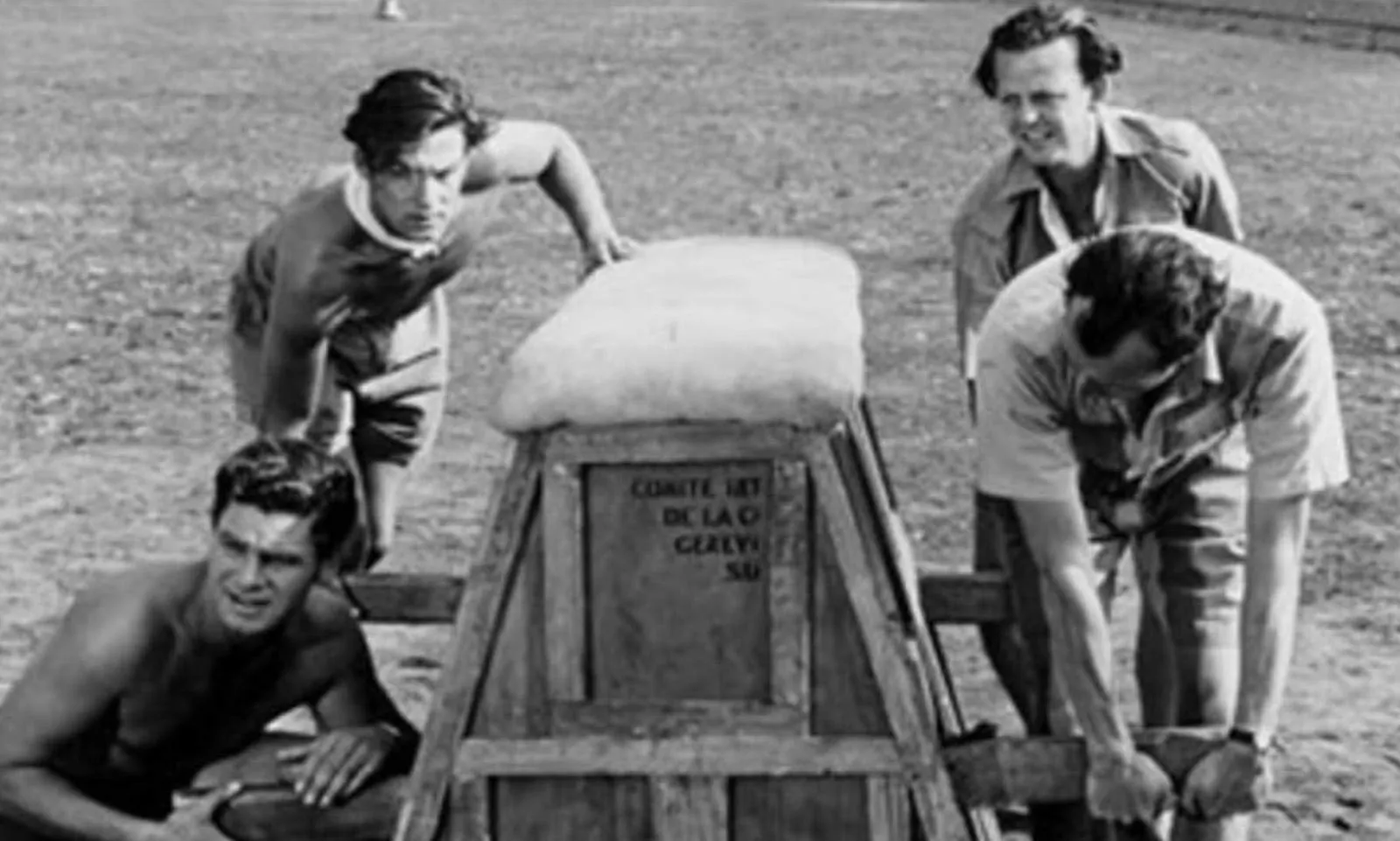
The Wooden Horse Escape, 1943
In the initial Great Escape, British POWs ingeniously fashioned a gymnastics vaulting horse from Red Cross crates, strategically placing it in the exercise yard near the prison wire. It was during a period where the moon wasn’t visible, a detail not lost on the three men who hid inside the wooden horse each day. Brits Michael Codner, Eric Williams, and Oliver Philpot used the exercise equipment as a shield to cover the entrance to the tunnel they dug for 114 days.
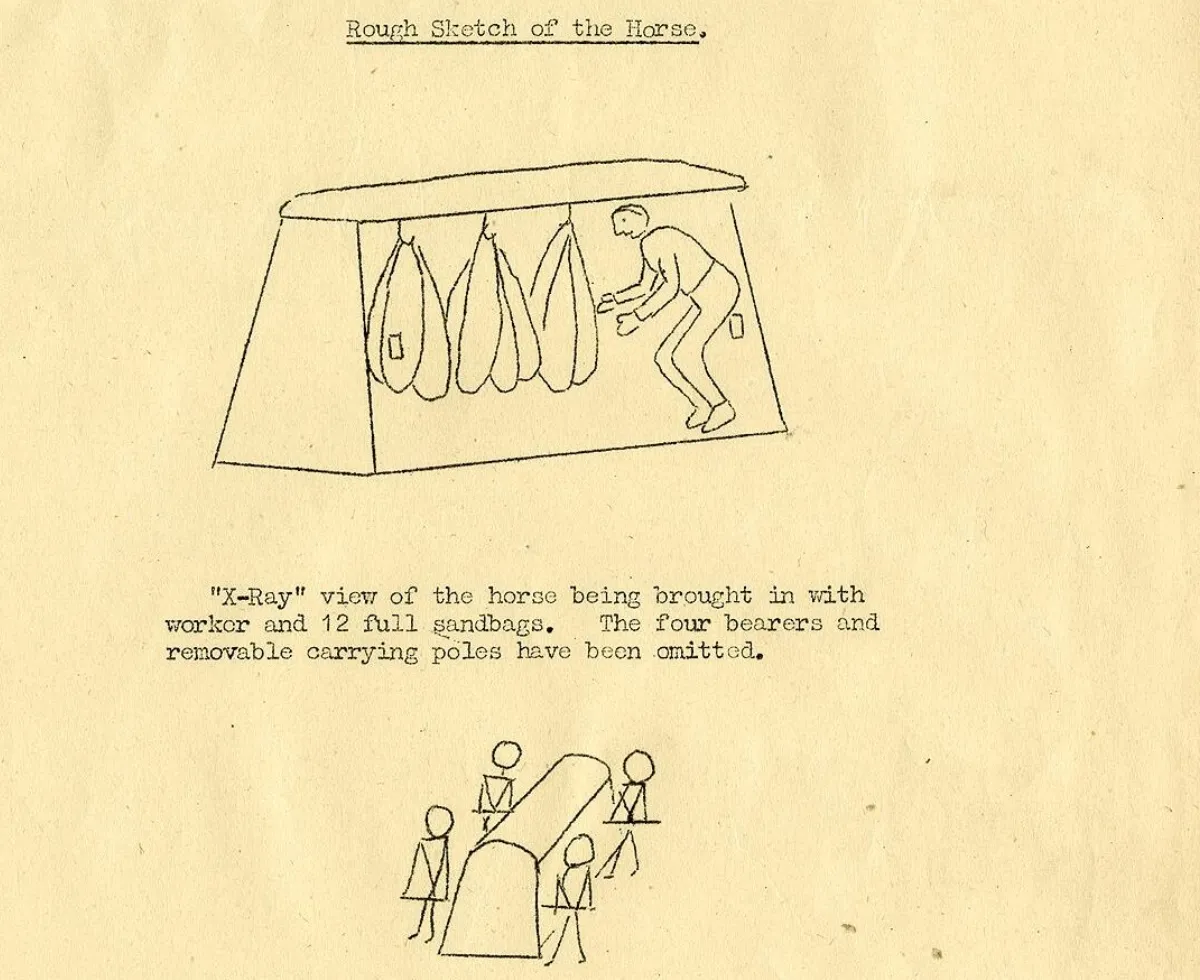
“Mike, Ollie, and I did not realize how near we were to death in front of a firing squad or from a bullet in the back,” POW and RAF bomber Captain Eric Williams writes in The Wooden Horse. “To us escaping was still a sport.”
As Williams and his team dug with prison bowls, fellow inmates used the wooden horse for two- and three-hour exercise sessions, masking the digging noise that could be picked up by Nazi seismograph microphones around the camp’s perimeter. After each session, Williams, Codner, and Philpot covered the tunnel shaft with plywood and a layer of sand while the remaining sand was carried back - along with the three diggers - inside the wooden horse. By early October, the tunnel passed the barbed wire.
Escape and Evade
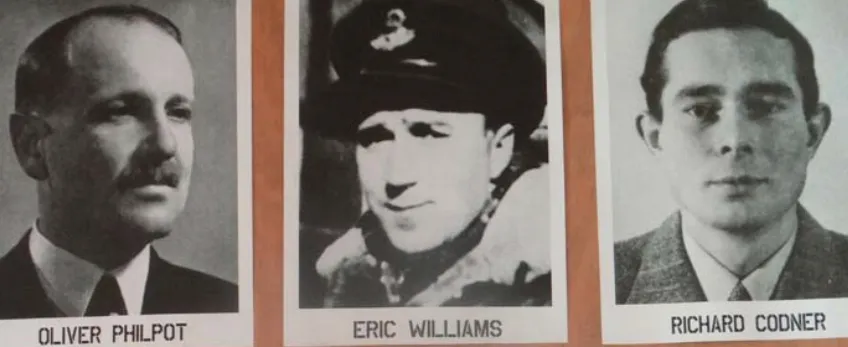
On October 29, 1943, the three men slipped into the tunnel and emerged free men just after 6 pm. They were momentarily hidden by a pine tree forest and soon separated. Oliver Philpot, who’d been shot down as an RAF pilot and captured off the Norwegian coast, headed north disguised as a Norwegian salesman, making his way toward freedom with the help of two tissue paper escape maps, forged travel documents, and a list of Norwegian phrases.
Michael Codner and Eric Williams travelled together posing as French workmen. Williams credited their escape from Germany to the Frenchmen who’d been conscripted as forced labor and a 19-year-old Danish seaman who smuggled them aboard his ship. "To risk your neck to assist an escaping prisoner requires a different brand of courage,” Williams said.
Williams, Codner, and Philpot were the only three POWs to escape from the East Compound at Stalag Luft III, a so-called ‘home run’.
"The brand new social experience where you activate your gaming skills as you train like a spy."
- TimeOut
Take on thrilling, high-energy espionage challenges across different game zones.

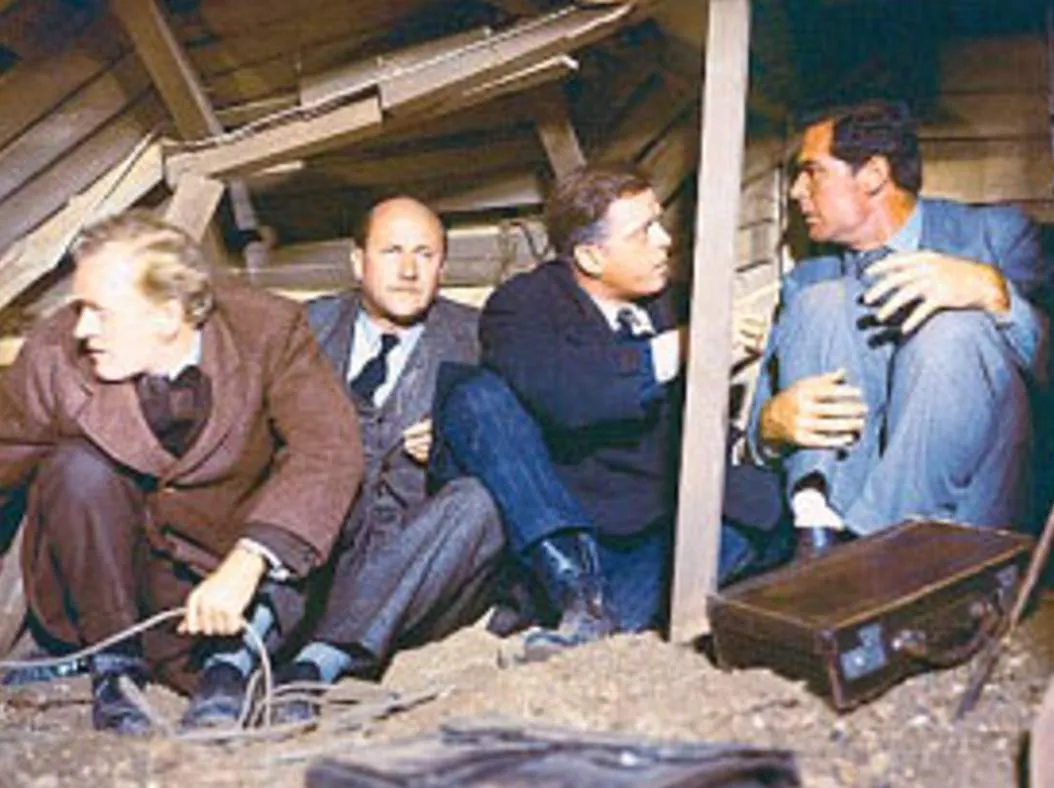
The Second Escape, 1944
The second Great Escape was meticulously orchestrated in the North Compound by Roger ‘Big X’ Bushell and involved digging three tunnels codenamed Tom, Dick, and Harry. The 600 British, American, Canadian, and other Allies who assisted thought they’d get 10 days in solitary confinement if caught, so the risk seemed worthwhile. Bushell wasn’t taking any chances though and threatened to court-martial any POW who so much as whispered the word ‘tunnel’ instead of Tom, Dick, or Harry.
While the Brits initially doubted the American resolve to assist, the US flyboys soon got into the swing of things. “As soon as the Americans got over the initial shock of being prisoners they started robbing the Germans blind of anything they could possibly use, lying through their teeth to their captors with all the persuasiveness of a European diplomat,” POW George Harsh says in Paul Brickhill's book The Great Escape (1950).
The most radical aspect of the grand plan was Bushell’s proposal to free more than 200 POWs - all of them dressed in civilian clothes and many with fake travel papers and escape gadgets, compasses, and silk maps. For almost a year the 600 men dug by night. Those who couldn’t dig drew maps, forged passports, and tailored clothes to wear during the escape.
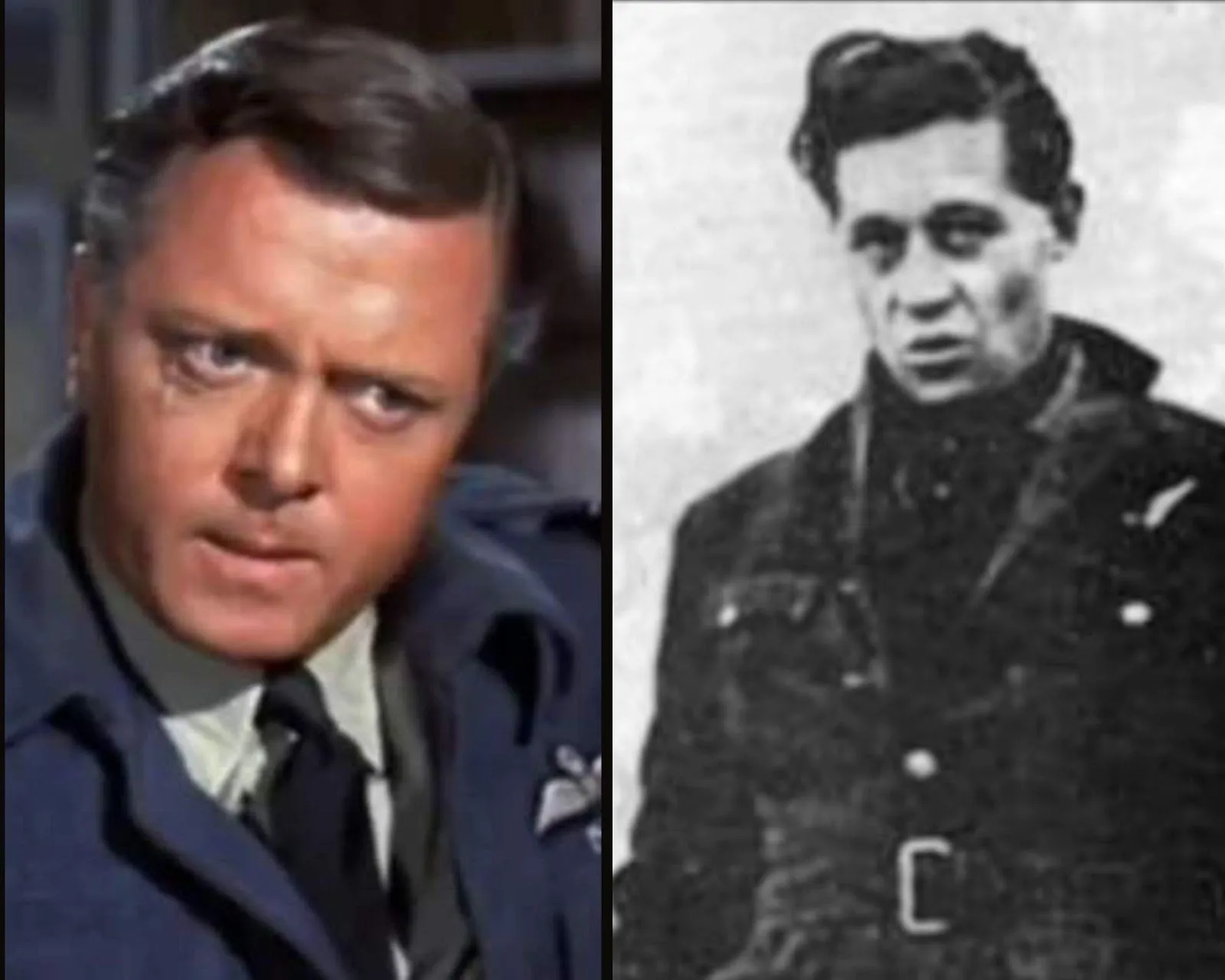
The Great Escape triumph
The 1944 escape is a tale of triumph over insurmountable odds. Descending more than 30 feet to evade Nazi microphones, the diggers discreetly concealed sand in their socks and deposited it into small gardens tended by prisoners. They converted more than 1,400 Red Cross powdered milk cans into shovels and dismantled 4,000 wooden bed boards. Nazi guards were bribed with Red Cross goods that were scarce in Germany - chocolate, coffee, soap, and sugar - to secure cameras and essential items so prisoners could forge travel documents.
‘Tom’, the tunnel next to a stove chimney in Hut 123, was found by the Germans and destroyed with dynamite. ‘Harry’, dug from Hut 104, was ultimately used. On a blustery March night in 1944, the Allies emerged to defy the Third Reich. Although they found themselves short of the wire, escapees devised a ‘coast clear’ rope-tug signal. Some 76 POWs escaped before the alarm sounded.
Brickhill drew a privileged position for the escape but Bushell banned him and four others on the grounds of claustrophobia. "A correct, if infuriating, decision,” Brickhill wrote. ”A few weeks later I was deeply grateful."
Within a fortnight, the Germans recaptured 73 of the escapees. Just three tasted freedom: two Norwegians on a freighter to Sweden and a Dutchman who reached Gibraltar by rail and foot. Hitler ordered the execution of 50 escapees as a warning, with Gestapo agents breaching the Geneva Convention by murdering the POWs.
Bushell, remembered fondly as Big X, was among those shot dead.
SPYSCAPE+

Join now to get True Spies episodes early and ad-free every week, plus subscriber-only Debriefs and Q&As to bring you closer to your favorite spies and stories from the show. You’ll also get our exclusive series The Razumov Files and The Great James Bond Car Robbery!


Gadgets & Gifts
Explore a world of secrets together. Navigate through interactive exhibits and missions to discover your spy roles.
Your Spy Skills
We all have valuable spy skills - your mission is to discover yours. See if you have what it takes to be a secret agent, with our authentic spy skills evaluation* developed by a former Head of Training at British Intelligence. It's FREE so share & compare with friends now!
* Find more information about the scientific methods behind the evaluation here.


Stay Connected
Follow us for the latest
TIKTOK
INSTAGRAM
X
FACEBOOK
YOUTUBE